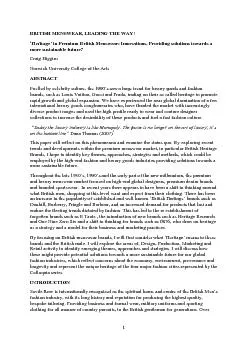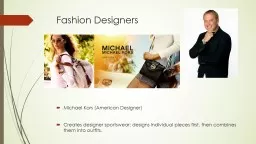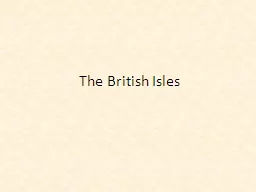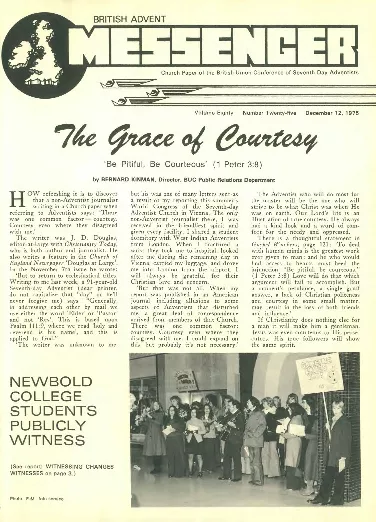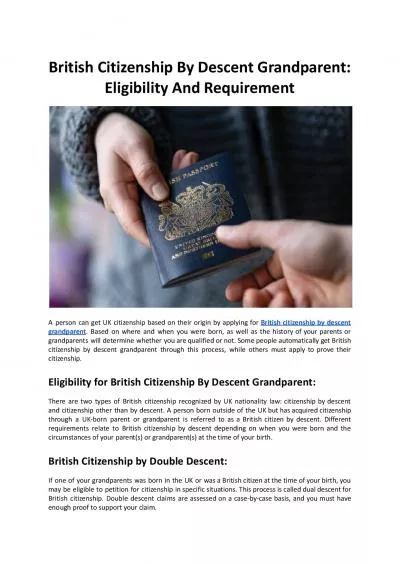PDF-BRITISH MENSWEAR
Author : lois-ondreau | Published Date : 2015-09-03
1 LEADING THE WAY x201EHeritagex201F in Premium British Menswear Innovation s Providing solutions towards a more sustainable future Craig Higgins Norwich University
Presentation Embed Code
Download Presentation
Download Presentation The PPT/PDF document "BRITISH MENSWEAR" is the property of its rightful owner. Permission is granted to download and print the materials on this website for personal, non-commercial use only, and to display it on your personal computer provided you do not modify the materials and that you retain all copyright notices contained in the materials. By downloading content from our website, you accept the terms of this agreement.
BRITISH MENSWEAR: Transcript
Download Rules Of Document
"BRITISH MENSWEAR"The content belongs to its owner. You may download and print it for personal use, without modification, and keep all copyright notices. By downloading, you agree to these terms.
Related Documents

